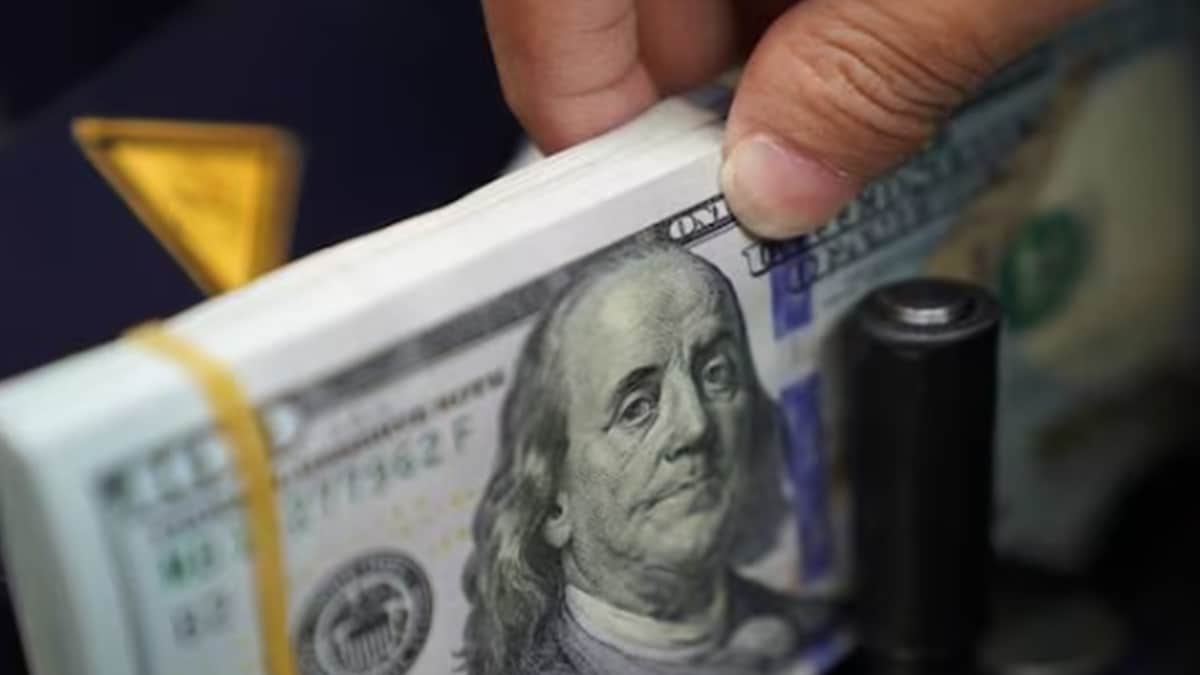A donor-advised fund devoted to supporting the United Nations Sustainable Development Goals has leapt from being a relatively minor charity to one with an asset size comparable to behemoths like the Andrew W. Mellon and David and Lucile Packard foundations. The SDG Impact Fund, based in Cartersville, Georgia, grew from $238 million in assets in 2020 to $10 billion in 2021. That eye-popping growth, which seems to have been fuelled by the meteoric rise of crypto currencies and digital art assets, has prompted some questions from philanthropy and tax experts.
The less stringent legal reporting requirements for DAFs compared with private foundations make it hard to understand SDG Impact Fund’s massive growth. It’s impossible to know where donations came from because donor-advised funds are not required to identify donors. Nor is it clear how the DAF put its donations to charitable use or whether donors to the fund are receiving any benefits.
SDG Impact’s leaders did not respond to repeated requests for answers to questions related to the fund’s assets, growth, and donations. Donor-advised funds have quickly become one of the most powerful forces in philanthropy, in part because the law allows people to put assets into a donor-advised fund, take an immediate tax deduction, but then wait indefinitely to use the money to make a charitable contribution. Donors are under no deadline to make gifts from their accounts unlike foundations, which are required to pay out 5 per cent in total assets every year in charitable giving.
One of the biggest problems with philanthropy we see now-a-days is that a lot of what wealthy donors do with their charity is perfectly legal but ethically problematic, said Helen Flannery, a fellow at the progressive Institute for Policy Studies. It’s in keeping with the letter of charity law but not its spirit. The quick rise of SDG Impact Fund The SDG Impact Fund was founded as a nonprofit in 2013 by Anthony Suber and Amber Nystrom, whose backgrounds are in finance and wealth management, and Colborn Bell, founder of the crypto investment advisory firm Finite Square Well and founder-director of the Museum of Crypto Art.
In 2018, a news release described the fund as the first to accept all types of crypto, token, and digital assets to support the UN Sustainable Development Goals, 17 interlinked global objectives designed to reduce hunger, improve the environment, and increase equality. of the board members had ties to the crypto industry. They included Vincent Molinari, co-founder of the Blockchain Commission for Sustainable Development, and Bryan Doreian, who serves as an adviser to PIVX, a crypto currency founded in 2015.
Donor-advised funds have long touted their ability to liquidate noncash gifts like stock and collectible art and turn them into charitable dollars. In recent years, as crypto soared to dizzying heights and then plummeted, large donor-advised funds like Fidelity Charitable reported huge swings in crypto donations. Crypto currency is digital money exchanged through a computer network that is not reliant on or maintained by a government or bank.
In 2021, donors gave the equivalent of $331 million in crypto to Fidelity accounts, up from $28 million the previous year, likely because high crypto valuations in 2021 allowed them to make larger gifts and lock in larger tax deductions. In 2022, the amount was down to $38 million, as the collapse of the FTX crypto exchange roiled the market for digital currency. Flannery and Brian Mittendorf, an accounting professor specializing in non-profits at Ohio State University, were researching donor-advised funds when they came across SDG Impact Fund’s 990 filings with the Internal Revenue Service.
They found that most of the donations to the SDG Impact Fund in 2021 came in the form of noncash assets, such as art and collectibles, as well as crypto-gifts, including non-fungible tokens, or NFTs, which are unique digital assets that are often traded as art. The SDG Impact Fund’s assets skyrocketed over a couple of years and stayed in the stratosphere. In 2017, the fund reported $117,000 in assets. had ballooned to $238 million. Then, on its 2021 Form 990, the fund reported $10 billion in assets.
Perhaps more remarkable than its steep rise in 2021 is the fact it reported roughly the same asset figure in 2022, when crypto values plummeted and new donations to the fund dwindled to about $13.6 million. Flannery and Mittendorf said that the fund’s last two annual 990 filings raise questions about whether the fund’s main purpose of late has been to increase tax benefits for donors who held NFTs and crypto currency with highly appreciated values.
SDG Impact Fund’s high asset value in 2022 is curious to art adviser Todd Levin because crypto currency plummeted that year and NFT values were in the toilet. That the fund did not record a sharp reduction in value in 2022 raises a lot of questions, says Andie Kramer, a lawyer who specializes in crypto currency transactions. Those questions are difficult to answer based on publicly accessible information. For instance, it is unclear how much of the gifts SDG Impact received were in the form of NFTs or crypto currency. The fund reported more than $9.8 billion in noncash donations in 2021, which could include NFTs and crypto currency as well as non-digital artwork and equity and stock holdings.
But on the form’s Schedule M, where non-profits list non-cash donations, the fund itemized less than $2 billion, meaning that donations of nearly $8 billion that year were not accounted for in the filing, according to Mittendorf. Mittendorf said that providing a full itemization would help people understand the nature of the gifts it received.
Taking into account the scale of assets we are talking about, this is an outlier that certainly deserves additional explanation, he said. The latest IRS tax filing is not signed by an independent accounting firm, which Kramer says is unusual for a fund of that size.
If you had $10 billion, would you be filling out this form yourself? asked Kramer. The SDG Impact Fund’s leaders declined to comment or answer questions about the IRS filings posted on its website for 2021 and 2022.
Donating 0.1 per cent of assets SDG Impact Fund’s website states its giving is aligned with the U.N. Sustainable Development Goals. In addition to charitable gifts, the fund provides systemic and regenerative impact investment and frontier tech enabled opportunities for catalytic gifts that have the opportunity to grow over time. On its website, the fund allows donors to click on links to contribute to any of 16 causes. They include Gaia Gives, a crowd-funding platform dedicated to meeting the Sustainable Development Goals through storytelling and engagement, and the Costa Rica Regenerative Retreat Sanctuary, where visitors level up your life so you can be more productive in sharing your gifts with the world, making a lasting positive change for humanity.
Another link on the site’s impact section leads to Donate to Win, which offers participants the chance to buy into a lottery for tickets to a Taylor Swift concert and a college football game. The website does not explain how these tickets are related to achieving the Sustainable Development Goals. The SDG Impact site also does not indicate how much each cause received. (Donor-advised funds are only required to identify grantees that receive more than $5,000.) One criticism of DAFs is that they allow the wealthy to derive benefits from charitable giving without the actual charitable-giving part, at least not at the time they receive the tax benefit.
In 2021, the first year the SDG Impact Fund reported its $10 billion asset figure, the fund made $4.3 million in grants, according to its 990 form. The following year, it reported $8.5 million in grants from its 146 donor-advised fund accounts, meaning less than one-tenth of a percent of its asset base went to charitable causes.
Given the dearth of information, Flannery is dubious that much of the $10 billion valuation will ever be directed to actual charities advancing the UN Sustainable Development Goals. She said the lack of information about who is making donations and how exactly the fund is using them is symptomatic of the lack of transparency of donor-advised funds. We need to make sure that donors aren’t using donor-advised funds for creative tax avoidance, she said. We need to make sure that we’re getting charitable works back.
(This story has not been edited by News18 staff and is published from a syndicated news agency feed – Associated Press)







